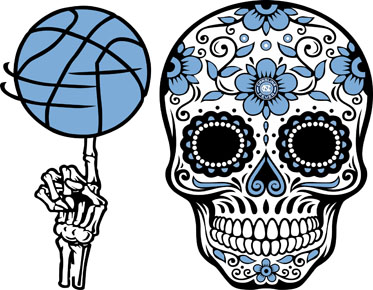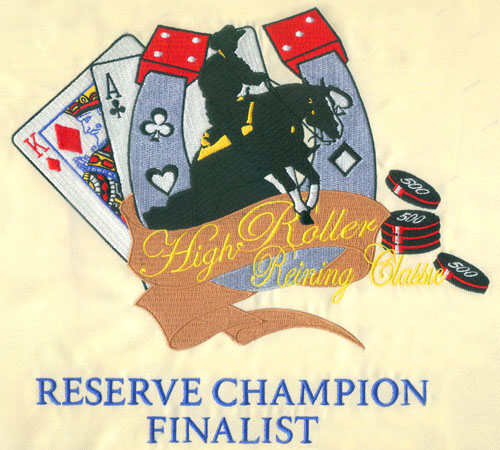Neo-Vintage Vector Art: Nostalgia Meets Contemporary Design
In the ever-evolving landscape of design, the intersection of nostalgia and contemporary aesthetics has given rise to a captivating trend: Neo-Vintage Vector Art. This fusion seamlessly marries the charm of yesteryears with the sleek precision of modern design, creating a visual language that resonates with both nostalgia seekers and design enthusiasts. In this blog, we will delve into the captivating world of Neo-Vintage Vector Art, exploring its roots, defining characteristics, and the ways in which it weaves a narrative that transcends time.
Unveiling the Essence of Neo-Vintage Vector Art:
- Bridging Eras with Vector Precision:
Neo-Vintage Vector Art is a testament to the power of design to transcend temporal boundaries. This style takes inspiration from the vintage aesthetics of the mid-20th century, infusing it with the precision and scalability afforded by modern vector graphics. The result is a visual harmony that brings together the warmth of nostalgia and the crispness of contemporary design.
- Timeless Nostalgia:
At its core, Neo-Vintage Vector Art taps into the nostalgia embedded in vintage design elements. It draws inspiration from the iconic styles of the '50s, '60s, and '70s – an era marked by bold typography, vibrant color palettes, and distinct geometric shapes. This visual nostalgia serves as a bridge between generations, evoking a sense of familiarity and timelessness.
- Simplicity in Complexity:
One defining characteristic of Neo-Vintage Vector Art is its ability to convey complexity through simplicity. While vintage designs were often intricate and ornate, the contemporary vector approach streamlines these elements. Clean lines, minimalistic compositions, and a focus on essential details define the simplicity within the complexity of Neo-Vintage designs.
- Versatility in Design Elements:
Neo-Vintage Vector Art borrows a diverse range of design elements from the past. Geometric patterns, retro fonts, vintage illustrations, and iconic symbols are reimagined through a modern lens. This versatility allows designers to create a wide array of visuals – from retro-inspired logos to posters and digital illustrations – all united by a common thread of nostalgia.
The Art of Neo-Vintage Vector Elements:
- Typography:
Typography plays a pivotal role in Neo-Vintage Vector Art, capturing the essence of bygone eras. Retro fonts with bold, sans-serif lettering or elegant scripts are often employed to evoke a sense of vintage signage or classic advertising. The choice of typography becomes a deliberate nod to the typographic trends prevalent in mid-century design.
- Color Palettes:
The color palettes used in Neo-Vintage Vector Art reflect the vibrancy of the retro aesthetic. Bold and contrasting colors, often inspired by the limited color schemes of earlier printing techniques, bring a sense of energy to the visuals. Think mustard yellows, avocado greens, and burnt oranges – hues that defined an era and continue to resonate in Neo-Vintage designs.
- Geometric Shapes:
Embracing the geometric design principles of mid-century aesthetics, Neo-Vintage Vector Art features clean lines and well-defined shapes. Circles, squares, and triangles are arranged in visually pleasing compositions, contributing to the simplicity and order that characterize this design style. The use of geometric shapes adds a sense of familiarity while allowing for endless creative possibilities.
- Iconic Illustrations:
Vintage illustrations and iconic symbols are reimagined in Neo-Vintage Vector Art, paying homage to the visual language of the past. Whether it's retro cameras, classic cars, or mid-century appliances, these illustrations serve as visual cues that transport the viewer to a different time. The reinterpretation of these elements adds a contemporary twist, making them relevant in a modern context.
Applications of Neo-Vintage Vector Art:
- Logo Design:
Neo-Vintage Vector Art has found a significant place in logo design. Brands seeking to evoke a sense of nostalgia while maintaining a modern edge often turn to this style. The simplicity of the vector format allows for scalability across various applications, making these logos versatile and impactful.
- Printed Materials:
From posters to packaging, Neo-Vintage Vector Art brings a touch of retro charm to printed materials. The clean lines and vivid colors enhance the visual appeal of brochures, book covers, and promotional materials. The marriage of nostalgia and modern design principles makes these printed materials stand out in a crowded visual landscape.
- Digital Illustrations:
In the digital realm, Neo-Vintage Vector Art thrives in digital illustrations and social media graphics. The ability to seamlessly integrate these visuals into digital platforms allows for a wide-reaching impact. Whether used in web design or social media campaigns, the style adds a unique flair that captures the viewer's attention.
- Apparel and Merchandise:
The resurgence of vintage-inspired apparel has seen Neo-Vintage Vector Art making its mark on clothing and merchandise. T-shirts, hoodies, and accessories featuring retro-inspired designs appeal to individuals who appreciate the fusion of classic aesthetics with contemporary fashion.
Crafting a Neo-Vintage Vector Artwork: Tips and Techniques:
- Research and Inspiration:
Begin by delving into the design aesthetics of the mid-20th century. Explore vintage advertisements, posters, and illustrations to gather inspiration. Pay attention to the typography, color schemes, and design elements that define the era.
- Choose the Right Tools:
Utilize vector graphic software like Adobe Illustrator to create Neo-Vintage designs. The precision and scalability of vector graphics are essential for achieving the clean lines and defined shapes characteristic of this style.
- Master Retro Typography:
Experiment with retro fonts to capture the typographic essence of the past. Play with bold sans-serif fonts or elegant scripts to find the typography that best complements your design. Adjust kerning and letter spacing to achieve the desired vintage look.
- Opt for Limited Color Palettes:
Embrace the limited color palettes reminiscent of vintage printing techniques. Choose bold and contrasting colors that define the retro aesthetic. Experiment with muted tones or vibrant hues, depending on the mood and era you're drawing inspiration from.
- Balance Simplicity and Detail:
Strive for a balance between simplicity and detail in your designs. While Neo-Vintage Vector Art simplifies complex elements, it retains enough detail to convey the richness of the vintage aesthetic. Focus on essential elements that capture the essence of the era.
- Incorporate Iconic Symbols:
Integrate iconic symbols and illustrations that resonate with the retro theme. These symbols act as visual anchors, instantly connecting viewers with the nostalgic elements of the design. Whether it's a retro camera or a classic record player, these symbols add character to your artwork.
The
Timeless Allure of Neo-Vintage Vector Art:
In a world that
moves at a rapid pace, Neo-Vintage Vector Art stands as a testament to the
timeless allure of design that transcends eras. It invites us to revisit the
past with a fresh perspective, appreciating the enduring beauty of mid-century
aesthetics while infusing them with the precision and versatility of modern
vector graphics. As designers continue to explore the boundaries of this
captivating style, Neo-Vintage Vector Art remains a visual language that
resonates with those who seek a harmonious blend of nostalgia and contemporary
sophistication.



